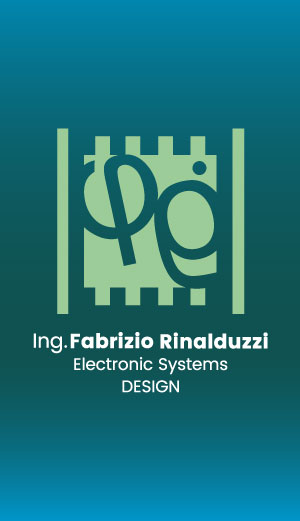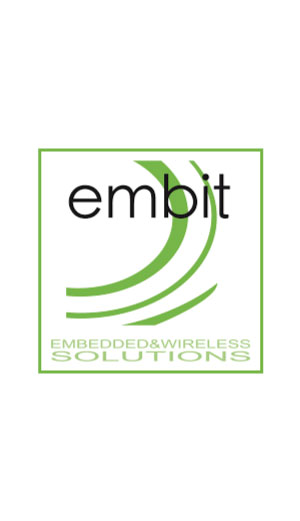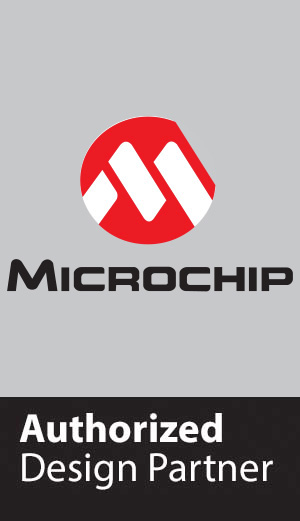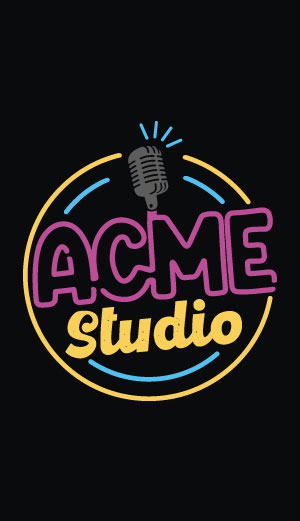Compiling a Linux Device driver
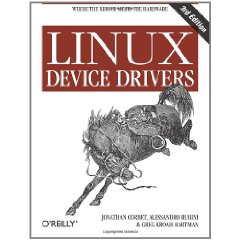
This book is the bible for who wants to write Linux Device Drivers. You can read it for free from here:
Before proceede you have to properly configure and built the Linux Kernel for your Acme board as explained on these articles:
Hello World example
This is the original source code of the basic Hello World example
#include <linux/init.h> #include <linux/module.h> MODULE_LICENSE("Dual BSD/GPL"); static int hello_init(void) { printk(KERN_ALERT "Hello, world\n"); return 0; } static void hello_exit(void) { printk(KERN_ALERT "Goodbye, cruel world\n"); } module_init(hello_init); module_exit(hello_exit);
Create a directory to store your module in your home page on your Linux Ubuntu PC.
~$ mkdir ldd3 ~$ cd ldd3 ~/ldd3$
and save here the example code in hello.c.
Create the Makefile
Create a file called Makefile in the same source directory with a single line:
obj-m:= hello.o
The fully explanation on how it works is illustrated on page 23 chapter II or in /Documentation/kbuild in the Linux Kernel sources.
Now issue the kernel module compilation by typing:
~/ldd3$ make -C ~/linux-3.16.1 ARCH=arm CROSS_COMPILE=arm-linux-gnueabi- M=`pwd` modules make: Entering directory `/home/tanzilli/linux-3.13' CC [M] /home/tanzilli/ldd3/hello.o Building modules, stage 2. MODPOST 1 modules CC /home/tanzilli/ldd3/hello.mod.o LD [M] /home/tanzilli/ldd3/hello.ko make: Leaving directory `/home/tanzilli/linux-3.13'
Change ~/linux-3.16.1 with the Linux source directory on your PC.
The hello.ko file you will obtain is the kernel module ready to be launched on your board. Copy this file into the board file system and launch it by typing:
~# insmod hello.ko Hello, world
Get the modules list by typing:
~# lsmod Module Size Used by hello 820 0 ...
Remove the module by typing:
~# rmmod hello Goodbye, cruel world
Related links
- Anatomy of Linux loadable kernel modules
- The Linux Kernel Module Programming Guide
- Linux Device Drivers, Third Edition
- Writing device drivers in Linux

Systems designer, webmaster of www.acmesystems.it and founder of Acme Systems srl
Personal email: tanzilli@acmesystems.it
Web pages: https://www.acmesystems.it --- https://www.acmestudio.it
Github repositories: https://github.com/tanzilli --- https://github.com/acmesystems
Telegram group dedicated to the Acme Systems boards: https://t.me/acmesystemssrl

